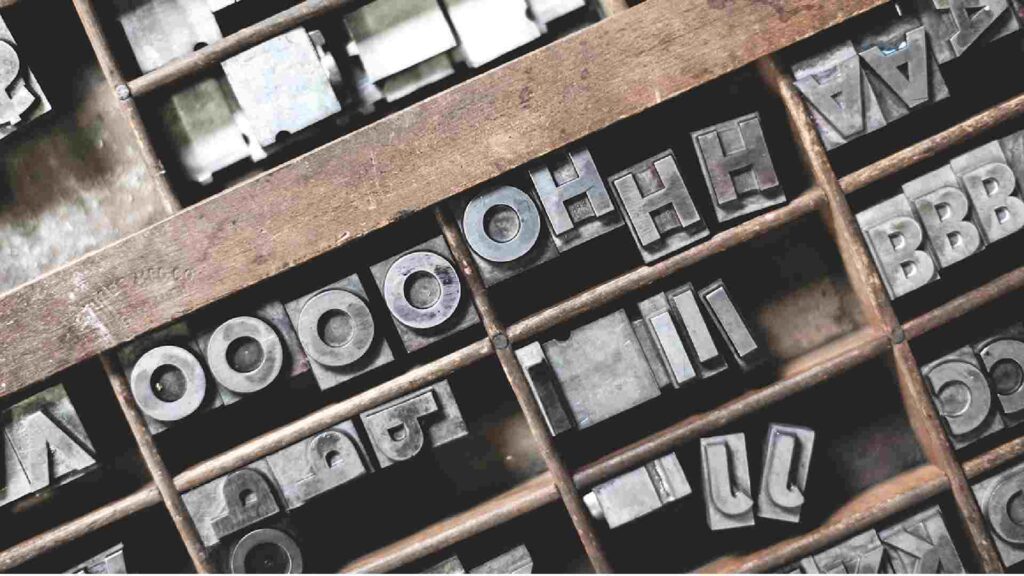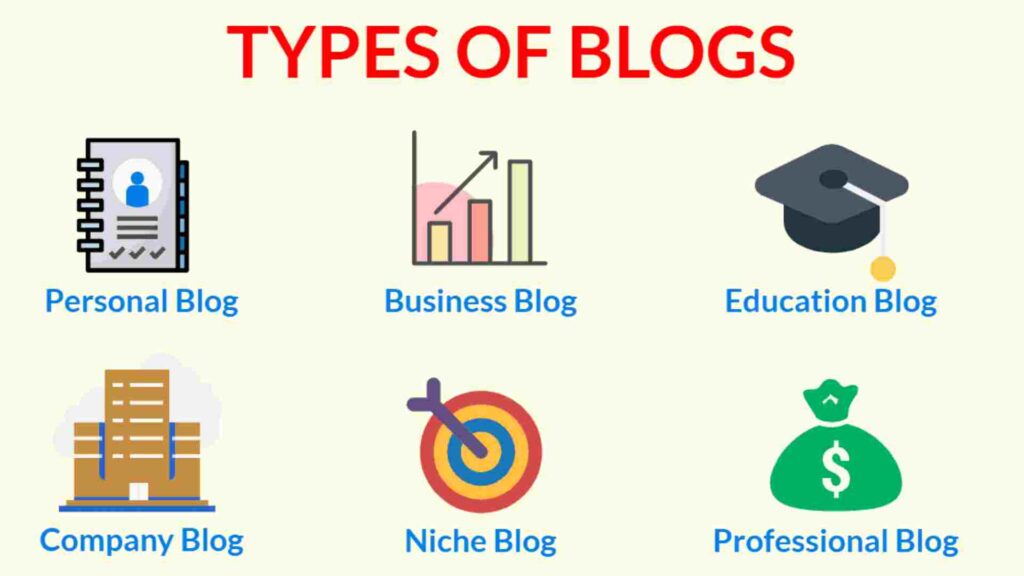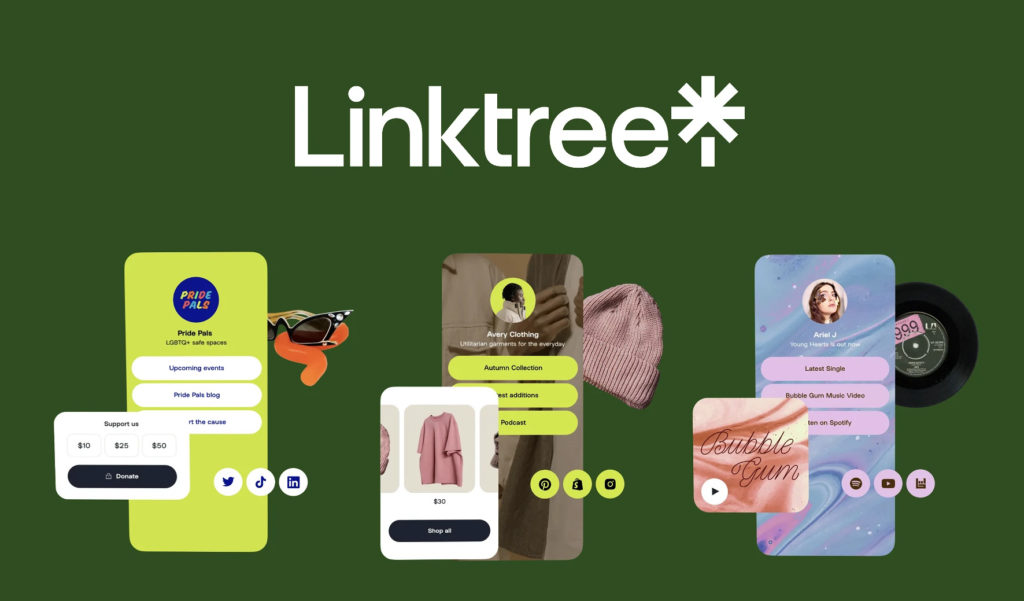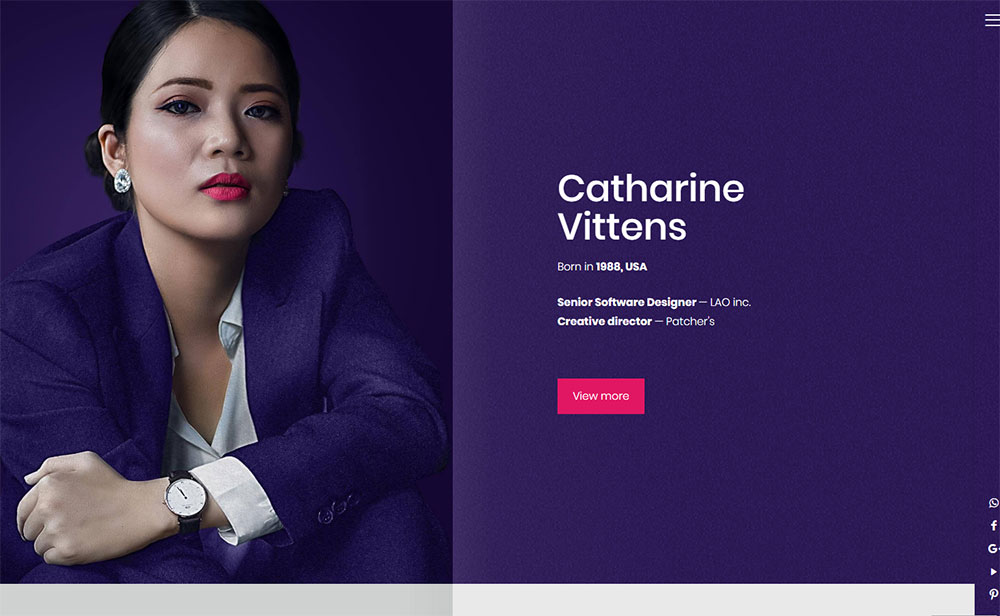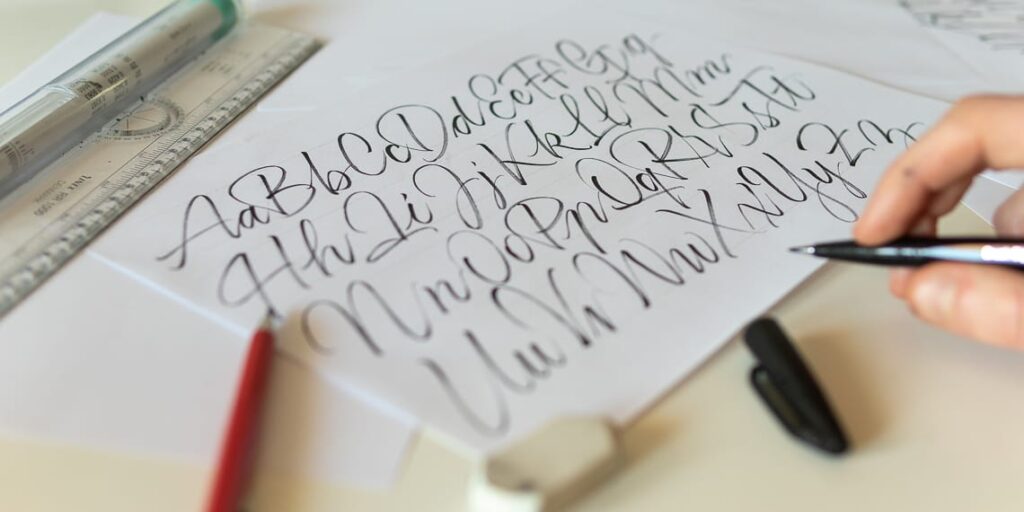In design and typography, people often mix up the terms typeface and font as if they mean the same thing. However, understanding the distinction between the two can make a big difference in your design projects and help you communicate more clearly with designers. So, typeface vs font—what’s the real difference?
In this blog, we’ll break down the concepts of typeface vs font, clarify their meanings, and explore how each plays a unique role in the world of design. By the end, you’ll never be confused by these terms again!
Understanding Typeface vs Font
What is a Typeface?
A typeface is a collection of characters that share a common design. It’s the overall design style of letters, numbers, and symbols. When we talk about typefaces, we’re referring to the visual design of the entire family of characters. Examples of typefaces include Arial, Times New Roman, and Helvetica. Each of these typefaces has its own unique style, which can affect the tone and readability of your text.
Key Points About Typefaces:
- Design Style: A typeface encompasses the design style for a set of characters.
- Family of Fonts: A typeface includes different styles and weights, such as bold, italic, and regular.
- Visual Identity: The typeface contributes to the visual identity of your brand or design.
What is a Font?
A font is a particular version or style of a typeface.. It refers to the size, weight, and style of the characters in that typeface. For example, Helvetica Bold 12pt is a font. It specifies the exact style and size of the typeface you’re using. Fonts are what you actually use in your document or design.
Key Points About Fonts:
- Specific Instance: A font is a particular variation of a typeface.
- Size and Weight: Fonts include specific details like size (e.g., 12pt), weight (e.g., bold), and style (e.g., italic).
- Practical Use: Fonts are what you select and apply in your design software.
Typeface vs Font: The Distinction
To put it simply, a typeface is the overall design, while a font is the specific manifestation of that design. Here’s a breakdown to help illustrate the difference:
- Typeface: The entire family of characters (e.g., Arial).
- Font: A specific style and size of that typeface (e.g., Arial Bold 16pt).
Think of a typeface as a wardrobe and fonts as the individual outfits. The wardrobe (typeface) might include various outfits (fonts) like casual wear (regular), formal wear (bold), and evening wear (italic).
Why the Distinction Matters
Understanding the difference between typeface vs font can impact various aspects of design, including:
Design Consistency
Knowing the difference helps ensure you use typefaces and fonts consistently across your materials. For example, if your brand uses the Helvetica typeface, you’ll need to choose specific fonts (like Helvetica Regular or Helvetica Bold) to maintain a cohesive look.
Communication with Designers
When discussing design projects with graphic designers, using the correct terminology helps convey your ideas more effectively. Referring to a typeface when you mean a font can lead to confusion and miscommunication.
Choosing the Right Type
Different typefaces convey different messages. A formal typeface like Times New Roman might be suitable for business documents, while a playful typeface like Comic Sans might be used for children’s content. Selecting the right font within that typeface helps match the tone and purpose of your project.
Examples of Typefaces and Fonts
To better understand the concept of typeface vs font, let’s look at some examples:
Helvetica
- Typeface: Helvetica
- Fonts:
- Helvetica Regular 12pt
- Helvetica Bold 14pt
- Helvetica Italic 10pt
Times New Roman
- Typeface: Times New Roman
- Fonts:
- Times New Roman Regular 12pt
- Times New Roman Bold 16pt
- Times New Roman Italic 12pt
Arial
- Typeface: Arial
- Fonts:
- Arial Regular 11pt
- Arial Bold 12pt
- Arial Italic 10pt
Common Misconceptions About Typefaces and Fonts
Misconception 1: Typeface and Font Are the Same Thing
One of the biggest misconceptions is that typeface and font are interchangeable terms. While they are related, they refer to different aspects of typography.
Misconception 2: Fonts and Typefaces Are Only About Aesthetics
While typeface vs font often comes down to aesthetics, they also affect readability, user experience, and brand identity. Choosing the right typeface and font can enhance the effectiveness of your message.
Misconception 3: All Fonts Are Fonts
Not all fonts are simply fonts. Some fonts are part of complex typefaces that include multiple weights, styles, and variations. Understanding this helps you choose the right combination for your design.
FAQs About Typeface vs Font
Q: What is the main difference between a typeface and a font?
A: The main difference is that a typeface refers to the overall design of a set of characters, while a font is a specific style and size of that typeface. So, if you think about it this way, Arial is the typeface, and Arial Bold 12pt is a specific font within that typeface.
Q: Can I use a typeface without selecting a font?
A: No, a typeface cannot be used without selecting a font. You need to choose a specific font within a typeface to apply it to your design or document.
Q: Why is it important to understand the difference between typeface and font?
A: Understanding the difference helps ensure proper communication with designers, maintains design consistency, and allows for better selection of typefaces and fonts to suit your project’s needs.
Q: Are there any design tools that help differentiate between typefaces and fonts?
A: Yes, most design tools like Adobe Illustrator, Photoshop, and font management software allow you to select and manage both typefaces and fonts, making it easier to see the distinctions and choose the right one for your project.
Q: How can I choose the right typeface and font for my brand?
A: To choose the right typeface and font, consider your brand’s personality, the message you want to convey, and the context in which it will be used. Experiment with different options and consult design guidelines to find a combination that aligns with your brand identity.
Conclusion
The distinction between typeface vs font is more than just a technicality; it’s a fundamental concept that can significantly impact your design work. By understanding that a typeface is the overall design and a font is a specific instance of that design, you can communicate more effectively and make better design choices.
Whether you’re working on a branding project, designing a website, or simply exploring typography, knowing the difference between typefaces and fonts will enhance your ability to create visually appealing and effective designs. So next time you’re faced with a choice of typeface vs font, you’ll be equipped to make the right decision and avoid confusion.

